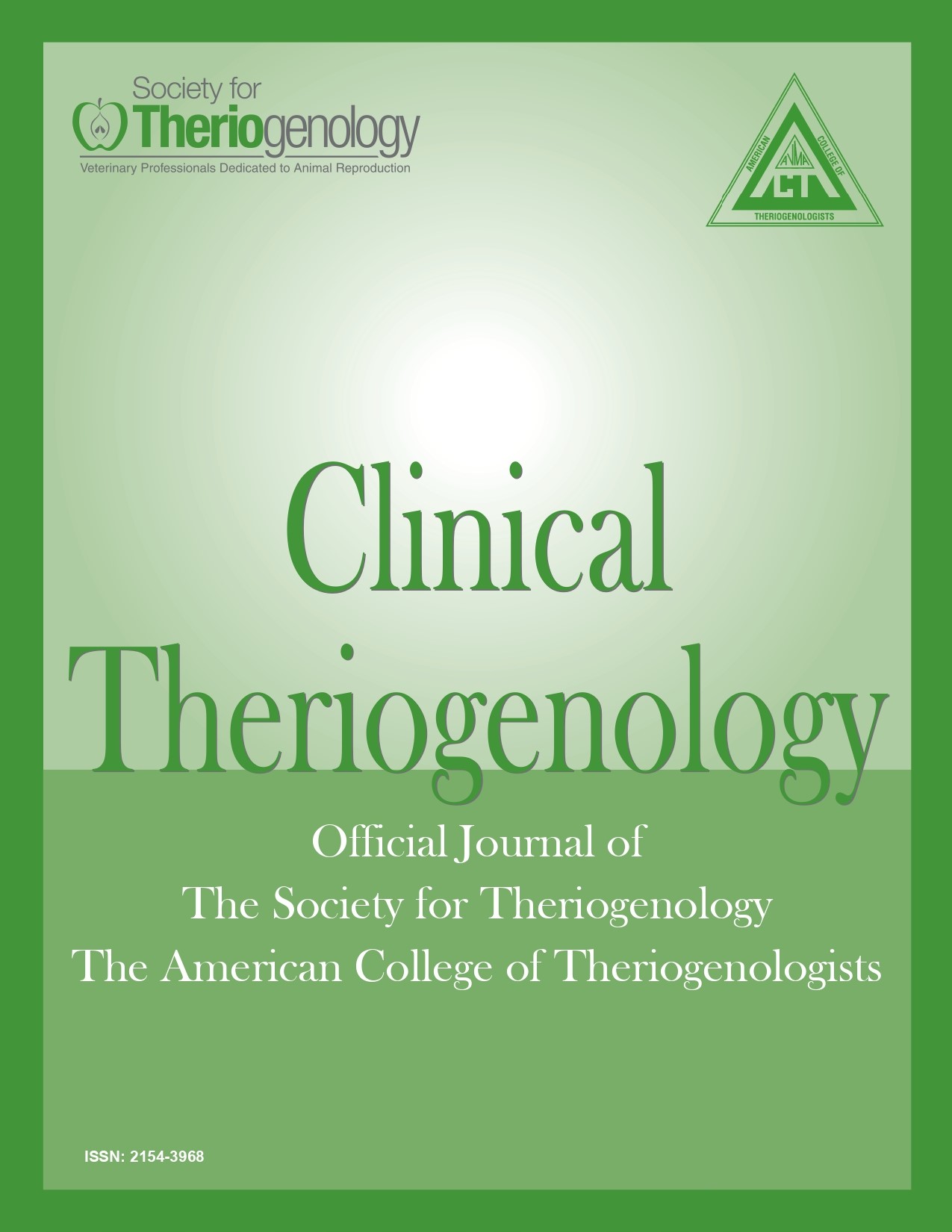Follicle stimulating hormone receptors are expressed in ewe’s reproductive and nonreproductive tissues
Abstract
Follicle stimulating hormone receptors (FSHR) are present in granulosa cells, Sertoli cells, and other sites within the reproductive tract (uterine tube, uterus, placenta, and cervix). They are also present in many nonreproductive tissues (skin and adipose tissue, bone and cartilage, thyroid tissue, bladder and urethra, monocytes and endothelial cells within colon, pancreas, kidney, lung, liver, and in stomach cancer tissues of various species). However, the expression of FSHR outside of the reproductive tract in sheep, has not been reported. Objective was to determine FSHR expression in ovine ovary, uterus, liver, kidney, heart, and skeletal muscle. Tissue samples were collected at slaughter and FSHR expression was determined via immunohistochemistry in formalin-fixed and paraffin-embedded tissue sections. Within the reproductive tract, FSHR were expressed in granulosa cells, luteal cells, and endometrial glandular epithelial cells. In liver, FSHR were expressed within hepatocytes and vascular endothelial cells. Expression of FSHR in cardiac myocytes was limited to cell membranes. Kidneys had FSHR expression on the renal tubular epithelial cells and the capillary endothelial cells. Lastly, in the skeletal muscle, FSHR were expressed in the endomysium. In human cancers, FSHR activation in nonreproductive tissues is involved in vascular remodeling, angiogenesis, cell proliferation, migration, and invasion. Effects of FSHR activation on ovine nonreproductive tissues remains unknown and warrants investigation into risks of frequent use of FSH agonists in sheep for nonseasonal estrous cycle manipulation.
Downloads

This work is licensed under a Creative Commons Attribution-NonCommercial 4.0 International License.
Authors retain copyright of their work, with first publication rights granted to Clinical Theriogenology. Read more about copyright and licensing here.





